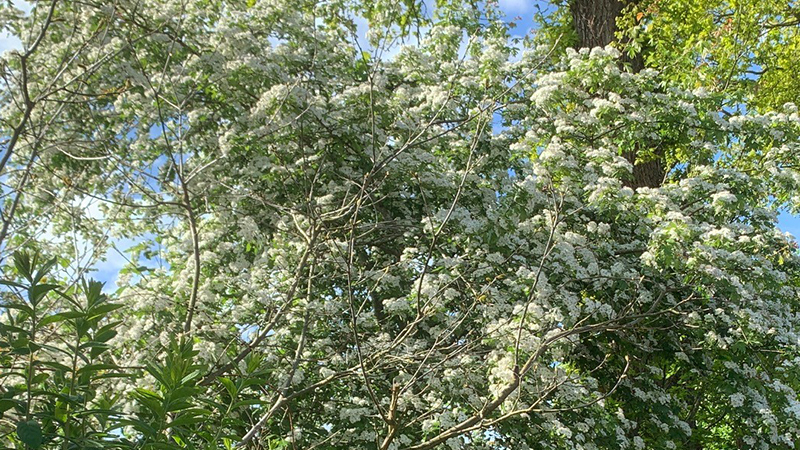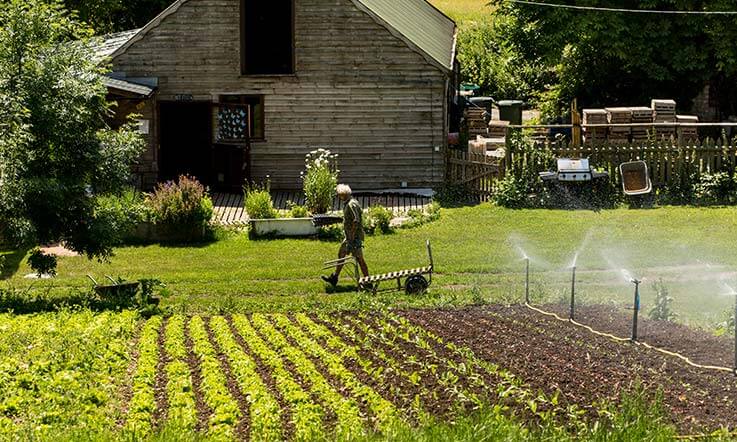In National Hedgerow Week (5-11 May 2025) when the nation’s hedgerows are arguably at their finest, it is worth stepping back and admiring one of the most iconic and valuable features of our landscape.

ORC’s CEO Lucy MacLennan said: “It is important that we don’t take hedgerows for granted. We have lost 50% of our hedgerows since 1945, and they are still in decline. As a result, animals that once flourished in these habitats are also significantly diminished. Our approach is to show through research the value of hedgerows to farmers and the Nation, culturally and environmentally but also as ecological infrastructure and a source of income in their own right.”
This week we throw a spotlight on our work to ensure that hedgerows are recognised, valued and an integral part of farm and rural economies.
In our Productive hedges- Research Digest published in 2021 to celebrate 40 years of ORC we summarised our work from 2013-2020 on bringing hedges back into the farm business.
In Hedge fund: investing in hedgerows for climate, nature and the economy released in 2021, commissioned by CPRE, the countryside charity, and undertaken independently by ORC, we provided an evidence-based analysis of the environmental and economic benefits of hedgerows. The research investigated what 40% more hedgerows could mean for nature, climate and the economy – and CPRE made recommendations for how the government, local authorities, farmers and land managers can maximise the astounding potential of hedgerows.
ORC research for CPRE in the Aiming High for Hedgerows project revealed that the North would benefit most from new hedgerows. Seven out of the eight areas with the highest hedgerow priority scores are in the northern half of the country. CPRE called on the government to target these areas to help deliver its commitment to create or restore 30,000 miles of hedgerow by 2037.
In our current project Importance of hedgerows as wildlife corridors, funded by the Marmot Charitable Trust and ORC Supporters via the Big Give Green Match Fund, we are aiming to provide the first quantitative evidence for hedgerows acting as wildlife corridors for organisms in the fractured agricultural landscape of the UK. Eighteen woodland sampling sites across Suffolk and Norfolk were selected using GIS and visited by ORC staff in early summer and autumn 2024, resulting in a total of 144 invertebrate samples that we worked on identifying over the last winter. Data analysis is ongoing and a publication will be prepared and submitted in early summer 2025.
